Five Security Trends for 2021
Some long-available tech will finally hit its stride next year as the post-COVID world finally starts coming into view.
We all stopped saying “New Normal” a while ago, and for good reason. The rush to get past the implications of the pandemic in the early summer triggered a bunch of “thought leadership” about a world that was still aggressively in motion. This rate of change has been particularly taxing on security leaders, a profession built on harboring stability in the face of change.
A world in flux creates windows and creaks. Insecurities for opportunistic threat actors. Problems in enterprise security, that we’ve known about for some time, are now slipping off the “get to that eventually” list and moving up as critical priorities. The entire apparatus must improve. As Gartner Security Sr. Director Analyst Brian Reed has stated, “We must look beyond basic protection decisions and improve organizational resilience through innovative approaches to detection and response.”
Here’s what to look for as 2021 approaches, transforming aspirational innovations into required elements of your security technology:
1. Secure the Work-from-Anywhere World
COVID-19 has made permanent a long-standing trend: Employees work from anywhere. It’s no surprise that this disparate workforce creates vulnerabilities in the cyber arena. But what is often unrealized is how much these cyber threats wreak havoc in your physical security. The overlap between physical and cyber is tighter than ever. Enterprises need to be working with integrators who are knowledgeable in both spaces.
2. Stop Touching Things
Touchless and Biometric Access have been with us for years, but adoption rates have been inconsistent. The tech is treated as a luxury rather than a necessity. COVID-19 has forced into our consciousness an awareness of all the things we touch and the risk inherent. The quality of biometric access control has never been better and its ability to shrink ingress and egress risk has never been stronger.
3. Get Intelligent and Automated
We know that over 40% of security breaches are caused by human error. (TechRepublic) But as occupancy rates go down, some major industry players are suggesting more human guards is the answer. We disagree. Doubling-up on security guards is counter to efficiency AND risk management. Systems that are automated, fully interconnected, and overseen by intelligent threat monitoring and auditing systems out perform their more human-dependent peers. The power to secure your facilities is in the convergence of cyber and physical defense.
4. Retire the Wiegand
On one level, we can’t believe we’re still talking about this in 2021. But given the state of adoption of OSDP across enterprise and the consistent lack of education on it from national integrators, it must be said. The Wiegand interface is long overdue for retirement. Integrators that are actively installing new implementations of the interface are setting their clients up for cyber risk and empowering piggybacking and other bad behavior. The cyber and physical threat deterrence built into OSDP are so superior to its predecessor that it’s high time the industry make this permanent shift.
5. Make that Video Smart
Again, video analytics has been with us for a long-time, but it’s never been more critical. Any modern security system today needs to be more interested in prevention than detection. Only well-analyzed interconnected data can do that work. What part of your security apparatus is collecting the most data? Your cameras. But in many cases those cameras are as dumb (from a data collection standpoint) as they were in 1990. Send those cameras to school. Put them on a network that integrates, analyzes and protects the data they collect. This combined with biometric data (See #3) will actually position enterprise security installations for the mid-21st century challenges we are already beginning to face.
What are the themes here?
· Integration: the real kind, not just chaining products
· Intelligence: the artificial kind that moves from detect to protect
· Convergence: the ongoing connection between cyber and physical
Are the themes new? Not necessarily. But what they are is urgent. Some sectors of our industry have avoided these advances out of a sense of nostalgia and late-adopterism. But threat actors are not late adopters. They are innovators, and security leaders must be the same.

